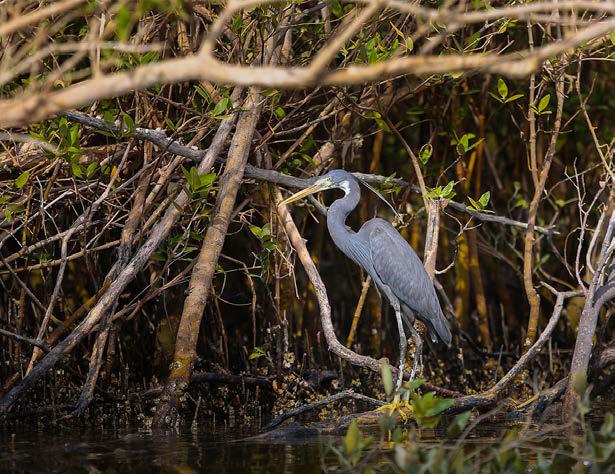Importance of Mangroves in Mitigating Climate Change
Importance of Mangroves in Mitigating Climate Change
Mangroves are a true ecological treasure located in coastal areas around the world. They are precious ecosystems that perform various functions, including being home to many species of marine and terrestrial biodiversity and aiding in mitigating climate change.
Carbon Capture: A Remarkable Impact on the Environmental Footprint
One of the main contributions of mangroves to the environment is their unique ability to capture carbon. Through a process known as “carbon sequestration,” these ecosystems can store significant amounts of atmospheric carbon dioxide in their tissues and soils. This is why mangroves and wetlands are known as carbon sinks.
Mangroves store up to three times more carbon than tropical forests, containing large stores of carbon accumulated in their sediments over thousands of years. This function is pivotal for mitigating greenhouse gas emissions and reducing global warming.
Investing in Mangrove Restoration and Conservation as a Winning Strategy
In a world battling against the climate crisis, investing in mangrove restoration and conservation emerges as a winning strategy. At AgroAmerica, we have led mangrove conservation projects in collaboration with various organizations like Rainforest Alliance, the National Institute of Forests (INAB Guatemala), and others. These projects yield environmental and social benefits and offer opportunities for participation and leadership in climate action.
Mangroves are strategic allies in the fight against climate change. Their ability to capture large amounts of carbon, protect coastlines, and provide shelter to thousands of species makes them one of the most important ecosystems on our planet. With the leadership of companies, communities, authorities, and environmental organizations, we can ensure their protection and conservation, aiming for a sustainable future.

